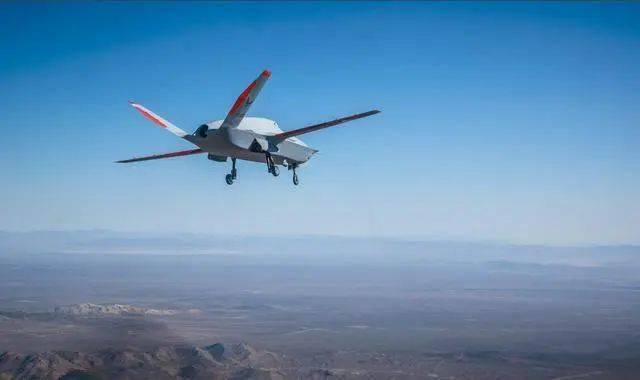Amazon’s drone service, often referred to as Prime Air, is designed to safely get packages to customers in 30 minutes or less. This ambitious goal leverages the potential of autonomous drone flights, minimizing delivery times drastically compared to traditional methods. With logistical hubs strategically placed, drones have the capability to reach a vast number of customers efficiently, especially in urban areas where traffic congestion often delays ground transport.
Since the announcement of Amazon’s intention to develop drone delivery systems, there has been a significant buzz around the possibilities and challenges associated with this technology. While drones for Amazon promise speed and efficiency, they also face hurdles such as regulatory approval, safety protocols, and technological limitations. These challenges are not insurmountable but require innovative solutions and collaboration with regulatory bodies like the Federal Aviation Administration (FAA).
Safety and Regulation
Ensuring safe drone operations is paramount. Amazon has been proactively working with aviation authorities across the globe to establish safe flight paths and operational parameters. The integration of robust anti-collision systems and automated flight control commands are central to ensuring that drones operate without posing risks to people on the ground or other aircraft.
Technological Advancements
Continuous advancements in technology are a critical component of making drones for Amazon a reality. Innovations such as AI-driven navigation, improved battery life, and more resilient materials are enabling drones to carry heavier payloads over longer distances. Amazon’s investment in research and development aims at fine-tuning these technologies to achieve reliable and efficient delivery solutions.

Environmental Impact
Another compelling advantage of utilizing drones for Amazon delivery is the significant reduction in carbon emissions. Traditional delivery trucks contribute to urban pollution; however, electric drones offer a cleaner, more sustainable option.
- Reduced fuel consumption
- Minimized traffic congestion
- Lower carbon footprint
The commitment to sustainability aligns with Amazon’s broader environmental goals, including achieving net-zero carbon by 2040.
Consumer Experience
With the integration of drones, customer experience is set to reach new heights. Shorter delivery times empower consumers, promising them the convenience they have always desired. The capability to deliver to remote areas swiftly also means that customers who were once underserved by conventional delivery can now enjoy faster services. The anticipation of “order today, receive today” is nearing reality through the use of drones for Amazon’s delivery ecosystem.
While there is much enthusiasm, there remains a public curiosity about the cost implications for consumers. However, as drone technology matures, it’s likely that the cost of drone deliveries will become competitive with existing methods, if not more economical over time. This transition could redefine market strategies not only for Amazon but also for competitors striving to match this innovative approach.
FAQ
- How does Amazon ensure the safety of its drone deliveries?
- Amazon incorporates advanced sensor technology, anti-collision systems, and constantly works with global aviation regulators to maintain high safety standards.
- When will Amazon’s drone delivery be available everywhere?
- The rollout is gradual, prioritizing areas with favorable regulatory environments. As trials succeed and regulations evolve, expect wider availability.
- Are there size or weight restrictions for packages delivered by drones?
- Yes, currently, drones can carry parcels under five pounds, as they are designed to handle lightweight items commonly ordered by customers.
